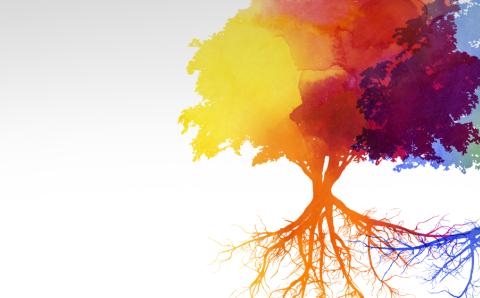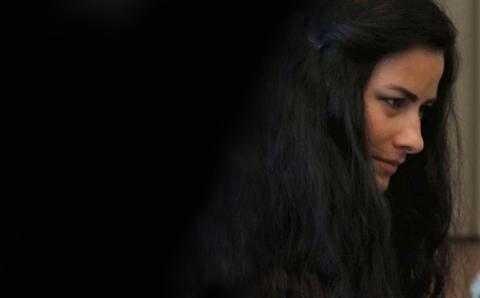This year, Canada celebrates its 150th anniversary of confederation. In the midst of celebrating anniversaries, Christians are also called to reflect on the injustices of the past and strive for a better future.
The theme of justice also loomed large at Synod 2017 (see Synod News). We all affirm and want to do justice, but we do not agree on how and when. As I listened to the debates at synod, I discerned at least three underlying questions: What is justice from a biblical perspective? How does justice relate to gospel proclamation? Is justice the work of the institutional church or only of individual Christians? In future editorials, I hope to explore the two latter questions.
For now, let’s take a look at how the Bible defines justice.
Our common secular concept of justice can be captured by the image of Lady Justice, a Greco-Roman goddess blindfolded and holding balanced scales. Justice is blind—showing no partiality—and is concerned with fairness and equality. Although these are important themes, the biblical view of justice is bigger.
The prophet Amos instead portrays justice as a river: “But let justice roll on like a river, righteousness like a never-failing stream!” (Amos 5:24). Notice the two words that seem synonymous: justice and righteousness. In the original Hebrew, justice is mishpat and righteousness is tzedakah. However, tzedakah means more than personal moral righteousness; it also means justice.
In his book The Dignity of Difference, chief rabbi Jonathan Sacks explains, “The two words, tzedakah and mishpat, signify different forms of justice. Mishpat means retributive justice or the rule of law. . . . Tzedakah, by contrast, refers to . . . what is often called ‘social justice,’ meaning . . . that those who have more than they need must share some of that surplus with those who have less.”
We can say that the biblical river of justice has two banks: mishpat and tzedakah. And they are often emphasized together (Gen. 18:18; Hosea 2:19; Jer. 22:15), which is somewhat obscured by our English translations of tzedakah as right or righteousness.
Rabbi Sacks also points out that tzedakah combines in a single word both charity and justice. Hence, when Micah 6:8 calls us to do justice (mishpat) and love mercy (hesed), the two combined imply tzedakah, that is, justice and compassion. The biblical worldview holds these two together in a way that our common Western mindset does not. This may explain why God, on one hand, shows no partiality but, on the other hand, favors the poor and marginalized because his compassion turns his attention to their plight.
Finally, the river of God’s justice always flows toward God’s shalom. Shalom can be understood as all relationships—with God, with people, and with creation—in harmony, resulting in life flourishing. Biblical justice, therefore, is not simply about preserving law and order. Its goal is to restore relationships and foster life. But unlike secular social justice, we do not rely on the state or on human efforts, but on God’s covenantal ways to achieve it.
About the Author
Shiao Chong is editor-in-chief of The Banner. He attends Fellowship Christian Reformed Church in Toronto, Ont.
Shiao Chong es el redactor jefe de The Banner. El asiste a Iglesia Comunidad Cristiana Reformada en Toronto, Ont.
시아오 총은 더 배너 (The Banner)의 편집장이다. 온타리오 주 토론토의 펠로우쉽 CRC에 출석한다.
You can follow him @shiaochong (Twitter) and @3dchristianity (Facebook).









